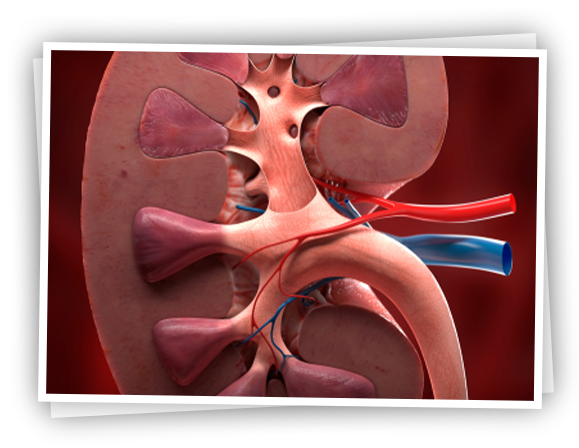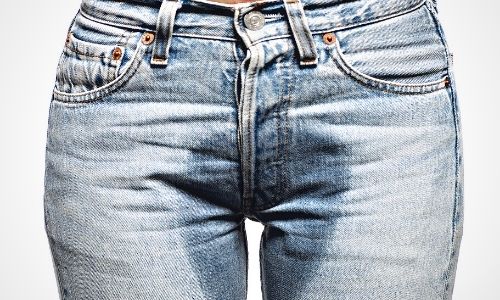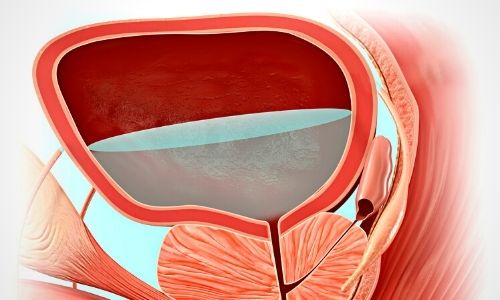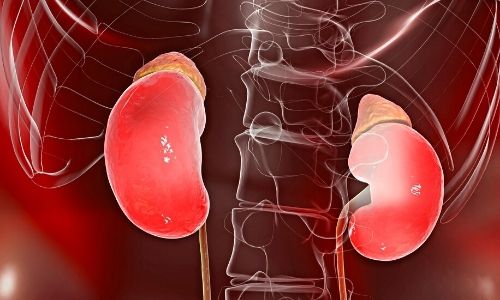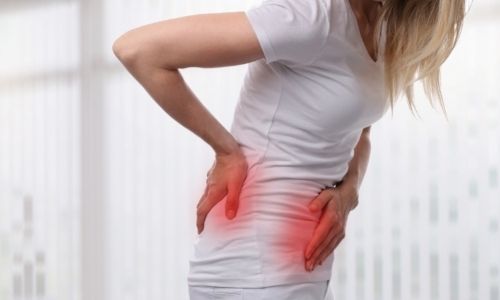Ureteropelvic junction stenosis is a health problem known as UPJ stenosis and is frequently observed in children in the womb. It causes obstruction or stenosis between kidney and ureter due to developmental disorders.
If this disease, which is also observed in adults, is not treated, it can cause disruption in kidney functions and much more serious health problems. Therefore, if there is serious obstruction, it requires treatment as soon as it is detected. In this article, we examined what is UP stenosis and how it is treated.
is a health problem known as UPJ stenosis and is frequently observed in children in the womb. It causes obstruction or stenosis between kidney and ureter due to developmental disorders. If this disease, which is also observed in adults, is not treated, it can cause disruption in kidney functions and much more serious health problems. Therefore, if there is serious obstruction, it requires treatment as soon as it is detected. In this article, we examined what is UP stenosis and how it is treated.
